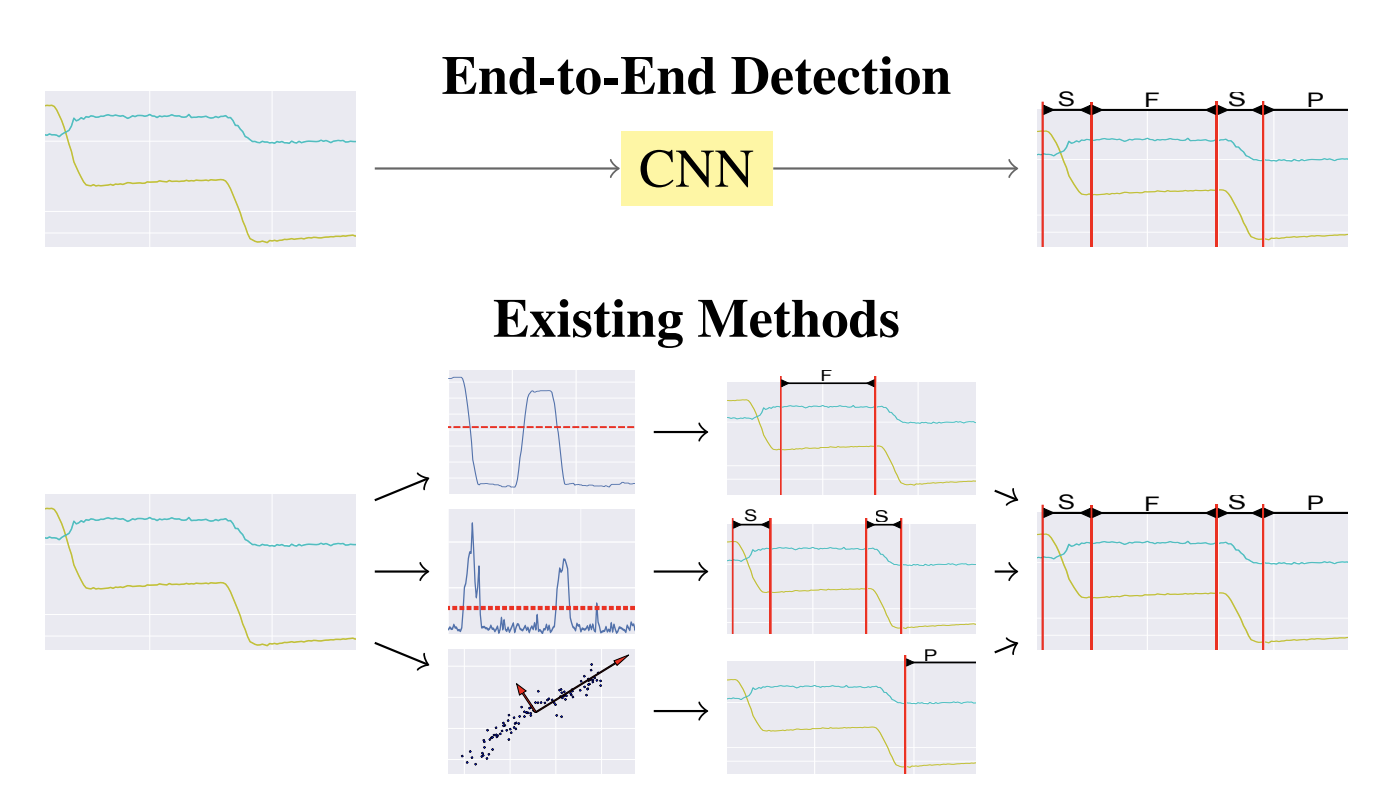End-to-End Eye Movement Detection Using Convolutional Neural Networks
Sabrina Hoppe, Andreas Bulling
arXiv:1609.02452, pp. 1–15, 2016.

Abstract
Common computational methods for automated eye movement detection - i.e. the task of detecting different types of eye movement in a continuous stream of gaze data - are limited in that they either involve thresholding on hand-crafted signal features, require individual detectors each only detecting a single movement, or require pre-segmented data. We propose a novel approach for eye movement detection that only involves learning a single detector end-to-end, i.e. directly from the continuous gaze data stream and simultaneously for different eye movements without any manual feature crafting or segmentation. Our method is based on convolutional neural networks (CNN) that recently demonstrated superior performance in a variety of tasks in computer vision, signal processing, and machine learning. We further introduce a novel multi-participant dataset that contains scripted and free-viewing sequences of ground-truth annotated saccades, fixations, and smooth pursuits. We show that our CNN-based method outperforms state-of-the-art baselines by a large margin on this challenging dataset, thereby underlining the significant potential of this approach for holistic, robust, and accurate eye movement protocol analysis.Links
Paper: hoppe16_arxiv.pdf
Paper Access: https://arxiv.org/abs/1609.02452
BibTeX
@techreport{hoppe16_arxiv,
title = {End-to-End Eye Movement Detection Using Convolutional Neural Networks},
author = {Hoppe, Sabrina and Bulling, Andreas},
year = {2016},
pages = {1--15},
url = {https://arxiv.org/abs/1609.02452}
}

